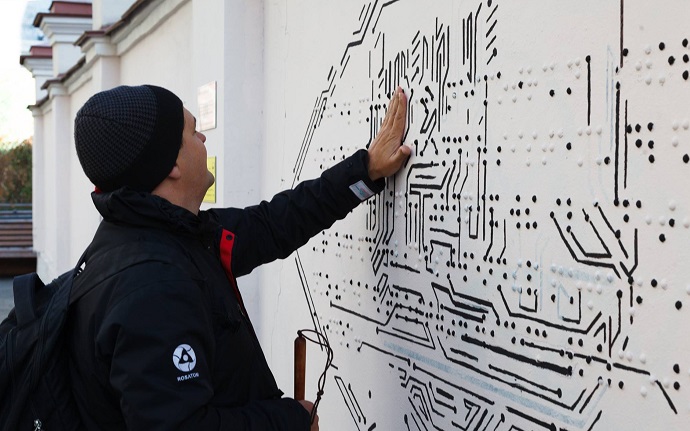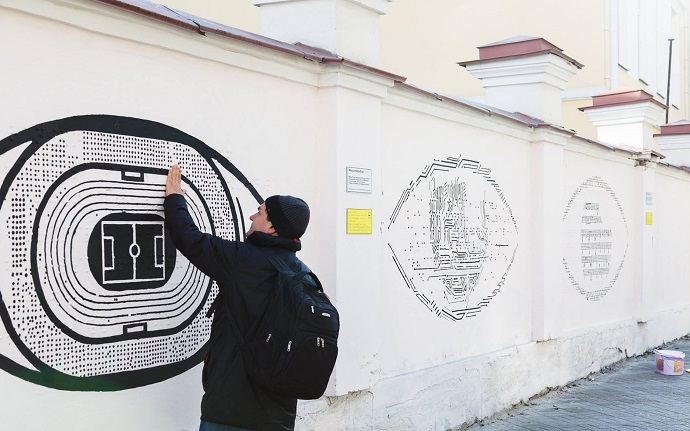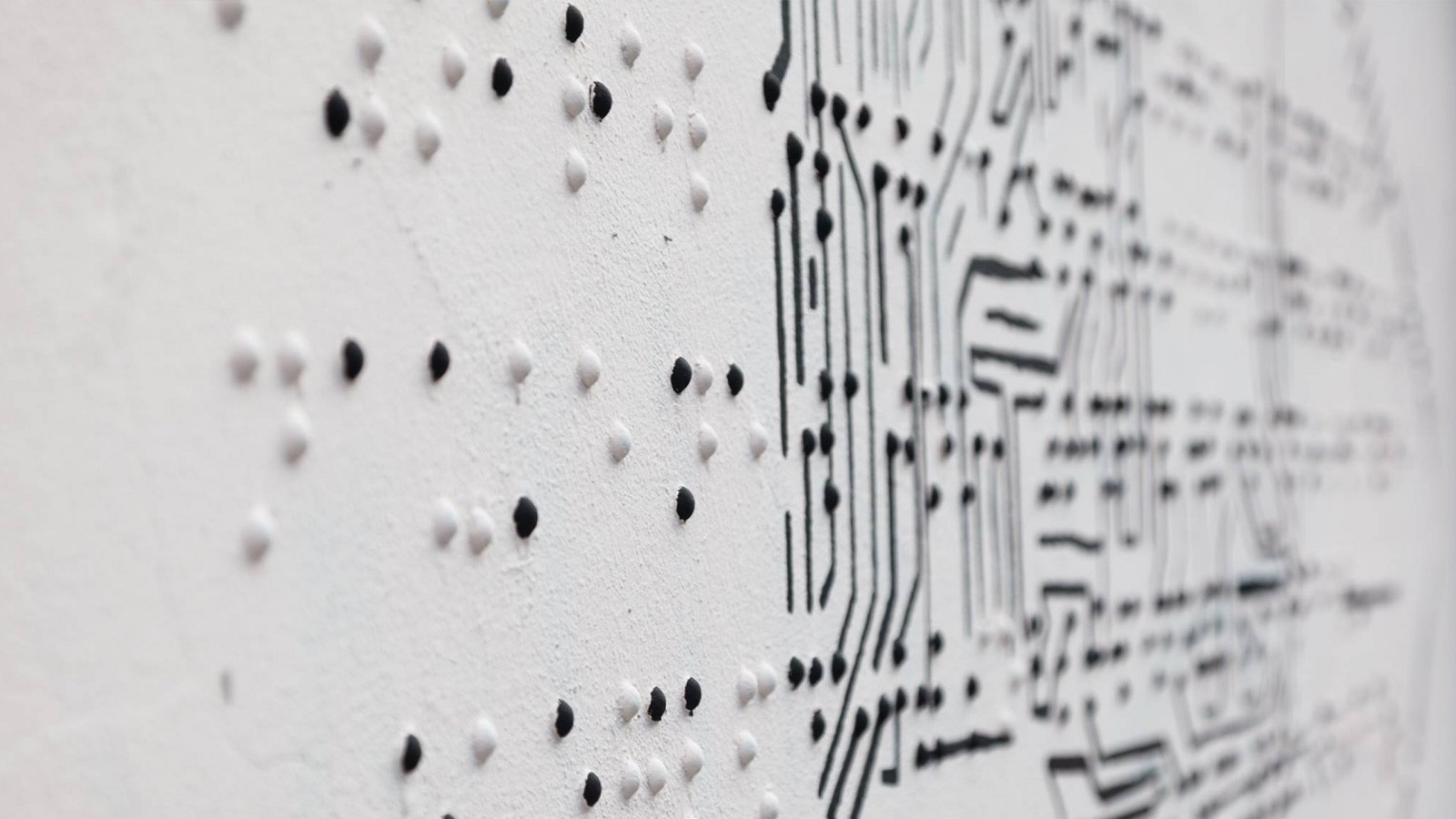Just in time for the famous street art festival STENOGRAFIA in Yekaterinburg, Russia, creative agency Possible Moscow and NGO Belaya Trost came together to bring a lovely gift to the city’s visually impaired citizens. The two companies launched a unique exhibition that took over the walls of the Yekaterinburg’s streets – the “Braille Art Project.” Wanting to create an open-air street-art gallery for the blind, Belaya Trost adorned the city with specially designed graffiti using the traditional Braille writing.
The Braille Art Project composes of three art objects, where each ‘hides’ visual symbols and texts written in Braille. The artworks introduce achievements made by famous visually impaired people, who have written their stories in various areas of life. So, it is possible: Despite being blind, they can do whatever they can and become successful. If you keep reading, you’ll discover the challenges each of these characters had been through.

Braille-Art gallery tells the stories of Mikhail Pozhidaev, a scientist from Tomsk who came up with an operating system for the visually impaired after losing his sight, Ray Charles with his 17 Grammies, and Marla Runyan who beat the record for running the 5000-meter distance.
These texts embedded on the walls encourage people to believe in themselves and discover their real potential – thanks to ingenious idea of the NGO that helps people with disabilities adapt to a normal and lead a decent life. Once the pedestrians learned about the street art for the blind, they were then invited to create their own Braille-art objects using sticker packs. These stickers represented letters in Braille and their counterparts in Cyrillic. According to the agency, this way, people who don’t have issues with sight could create tags for the blind. All they needed to do was to find the right combination of the letters and place them on any surface throughout the city.

“When we [fully sighted people and people who are blind] are all talking and hanging out together, they [people who are vision impaired] can tell us what the text is about, and we [people with vision] can describe what picture we see. So it seemed to be a really good idea that could unite people,” explained STENOGRAFFIA’s team member and Braille-Art creator Andrei Kolokolo.
In the Sverdlovskaya region, there are around 7000 visually impaired people. Each of them has their own perception of the world. But this Braille Art project helps them create the same image of the world that embraces them.
